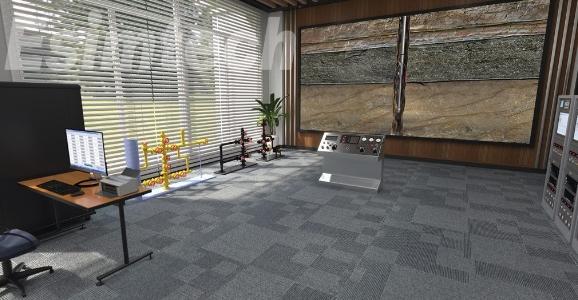Well logging simulation software has become an indispensable tool for petroleum engineers and geoscientists to analyze and predict reservoir properties. While these tools offer a wide range of capabilities, customizing them for specific reservoir types can significantly enhance their accuracy and utility.
Why Customize?
Improved Accuracy: Tailoring the simulator to the specific reservoir characteristics can lead to more accurate predictions of tool responses.
Enhanced Efficiency: Customized simulators can streamline the workflow and reduce analysis time.
Better Decision-Making: Accurate and efficient simulations can support better-informed decisions regarding drilling, completion, and production strategies.
Key Customization Areas
Rock Physics Models:
Incorporating rock physics models that accurately capture the elastic and electrical properties of the reservoir rocks.
Considering factors like mineralogy, pore structure, and fluid saturation.
Tool Response Models:
Calibrating tool response models to account for specific tool designs and environmental conditions.
Incorporating corrections for borehole effects, mud filtrate invasion, and other factors.
Formation Models:
Developing detailed geological models that accurately represent the reservoir's stratigraphy, facies distribution, and fluid properties.
Using high-resolution seismic data and core analysis to constrain the models.
Workflow Automation:
Creating automated workflows to streamline the simulation process, from data input to result analysis.
Developing custom scripts and macros to automate repetitive tasks.
Case Study: Tight Shale Reservoirs
Tight shale reservoirs present unique challenges due to their low permeability and complex mineralogy. Customizing well logging simulators for these reservoirs involves:
Incorporating advanced rock physics models: Such as the anisotropic poroelastic model to account for the shale's anisotropic properties.
Calibrating tool response models: To account for the impact of shale mineralogy and pore structure on tool responses.
Developing detailed formation models: To capture the complex layering and heterogeneity of shale formations.
Implementing advanced inversion techniques: To estimate reservoir properties, such as porosity, permeability, and organic matter content.
Conclusion
By customizing well logging simulators to specific reservoir types, petroleum engineers and geoscientists can significantly improve the accuracy and reliability of their analyses. This, in turn, leads to better decision-making, reduced risk, and increased production efficiency. As technology continues to advance, we can expect even more sophisticated customization techniques to emerge, further enhancing the capabilities of well logging simulation software.









Share this page with your family and friends.